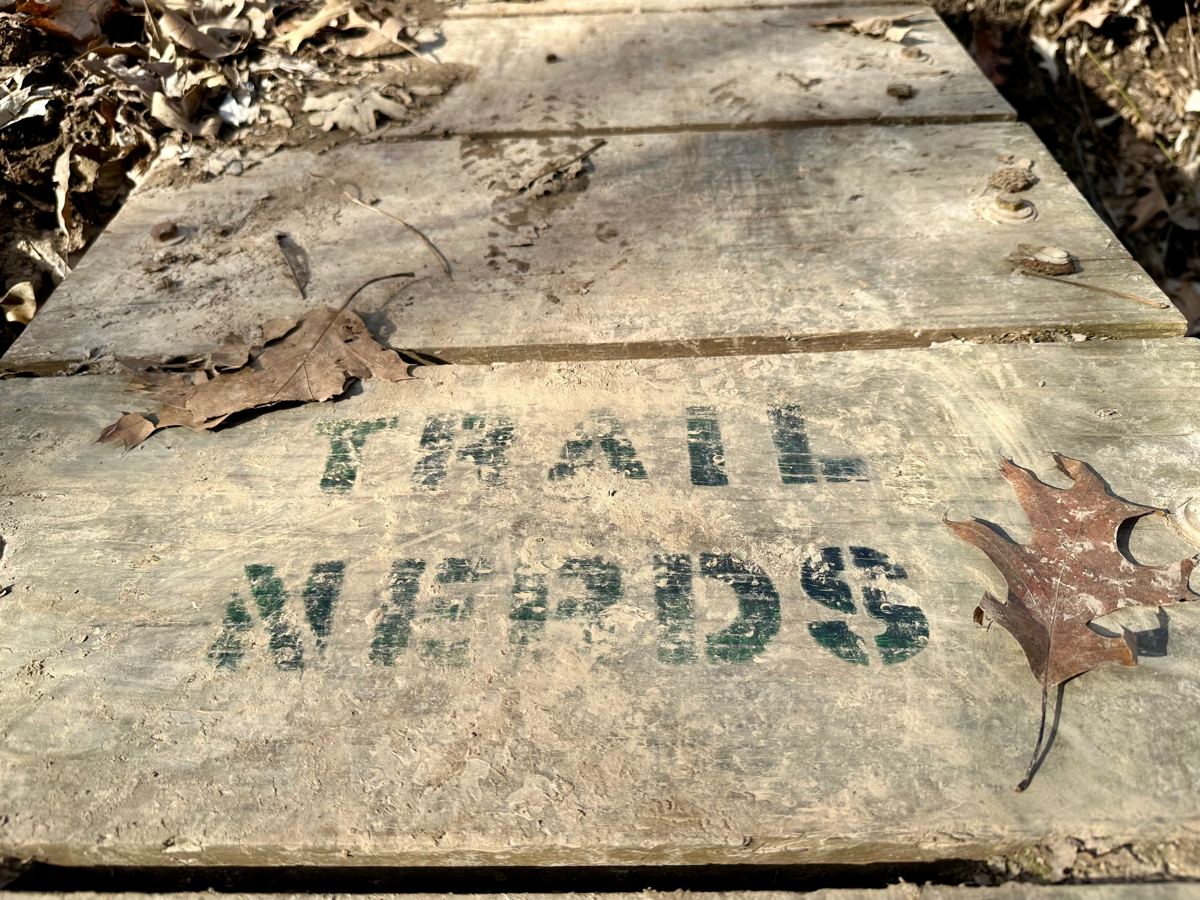Last week, I was perusing “Trout” magazine when I came across an article about a husband and wife who’d caught a fish every month for six-plus years, the interesting locations and conditions in which it led them to fish, and how they eventually gave it up. This article caused me to recall stories of skiers who’ve skied every month for decades at a time, be it perfect mid-winter powder or late-summer ice patches. Of course, there are many runners whose running streaks have lasted for weeks or decades at a time, with that pursuit leading to creativity, adventure, and adversity.
It didn’t take long for me to start pondering the different ways and combinations of ways that runners commit, cajole, challenge, and dedicate themselves to what can end up being a muse. Foremost among these are time and place.
Time as a Muse
I’ve previously written at least one article in this column outlining how my own six-plus-year daily running streak has led to plenty of adventures and interesting situations when convenience, practicality, and even common sense would have had me take the day off. (Thanks for that post-Hardrock 100 run in Ugg slippers, streak.)
I’m sure nearly anyone who’s committed and held themselves to some sort of temporal frequency goal of running for any significant length of time (whether running every single day or every Saturday morning) has some good stories to share with their running buddies.
Outside of a full-on daily run streaker, I think of someone like Alex Nichols, who has a five-year streak of summiting Colorado’s Pikes Peak. It’s not hard to imagine that he’s had some burly outings when his schedule and streak have forced him to give it a go in less-than-ideal circumstances.

Brandon Stapanowich in November on one of Alex Nichols’s Pikes Peak summit outings. Photo: Alex Nichols
Geography as a Muse
Plenty of trail runners like to bag a peak … but then there are peak baggers. Peak baggers are folks who set themselves to summiting some set of notable peaks or who go after as many of them as they can. That could be the Wainwrights in England, all of Colorado’s 14ers, or all of the 4,000-foot peaks in the Adirondack Mountains in the U.S. Hopefully, all such peak baggers have memories of summits on bluebird days, as well as at least few that had a bit more character than the rest.
Not only will peak baggers or others with a committed geographic goal likely have interesting experiences in attempting their pursuits, but many will also head to places they wouldn’t normally go. That might be a once-in-a-lifetime summit of a 14er that has only paid, private access, the climb of a Wainwright that’d otherwise might not win out in a difficulty-to-get-to versus interest-in-getting-there calculation, and surely there’s an Adirondack sub-peak that folks normally skip over.
The above two paragraphs may give off the vibe of a box-checking fiend, but that doesn’t have to be the case when using geography as a muse. For example, I’ve got a pretty vague idea of which U.S. states in which I have or have not run and while absolutely not a compulsion, checking off another state is a subtle feather in life-long decision-making. For instance, as I write this, I’m in the midst of a very long drive from the East Coast of the U.S. back to Colorado. The Google machine gave me a couple of route options of similar distance and time. One involved a bunch of states I’d passed through and run in earlier in life, while another added what I thought were another two states I’d never visited nor run in before.
I took the latter route, and today, I added Missouri and Kansas to my states-run-in list … and, while I didn’t think of it before setting out on the drive, while en route, I realized I’d never run in Kentucky (check!) and didn’t have an easily accessible record of running in Indiana (confirmed, just in case!). To be clear, I’ve no desire to take a trip dedicated to running in another new state, but if I’ve got an easy opportunity, I’ll yield to the pull.

While I was adding new running states like Kentucky, Missouri, and Kansas … why not run in Illinois again under a full moon? Photo: iRunFar/Bryon Powell
Time and Geography as Muses
Then there are the characters who’ve combined the goal of visiting a breadth of geographies with a commitment to a certain set of timings. The first example of this sort that comes to my mind is Sue Johnston completing “The Grid,” which is summiting each of New Hampshire’s 48 4,000-foot peaks in every month of the year. In its original form, of which Sue was the third person and first woman to finish back in 2003, one completed The Grid over some set of years. Impressive. Then in 2016, Sue completed The Grid entirely within one year, summiting each of the 48 peaks in every month from January through December of 2016. Wow!

Sue and her husband, Chris Scott, on Mount Washington in April 2016. Photo courtesy of Sue Johnston.
Conclusion
As this topic has come into my conscience a few times over the past week, I wanted to share a few examples of constraints and commitments that might add a little excitement and adventure to your own running.
Call for Comments
- What other sorts of similar muses have you seen spurring people to explore and experience?
- Have you taken on any such commitments? If so, how was your experience?


